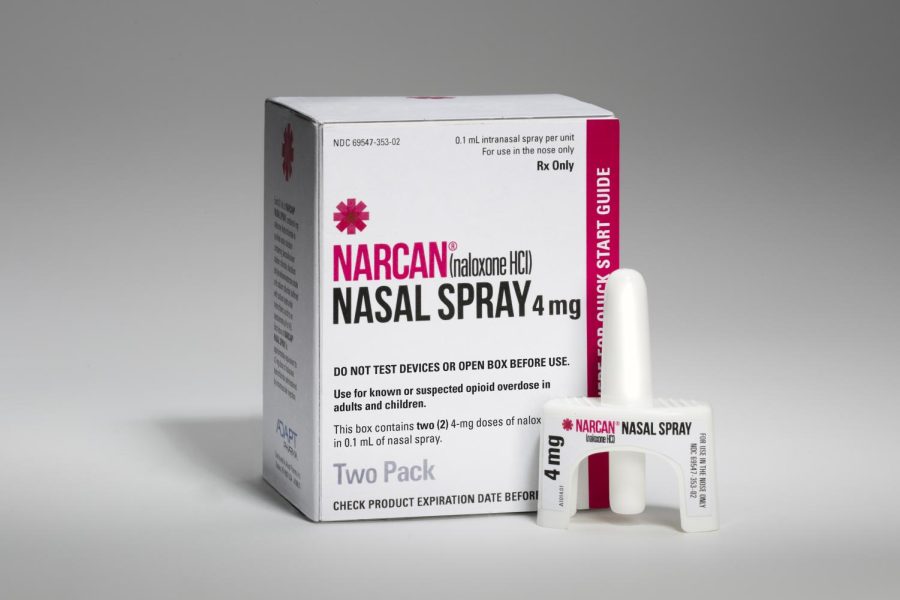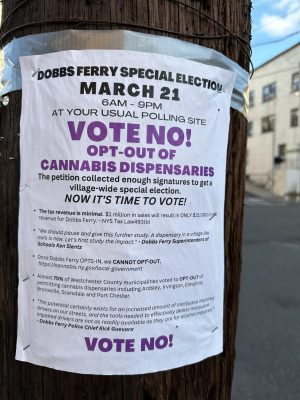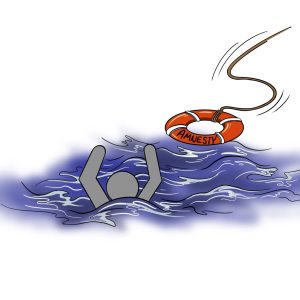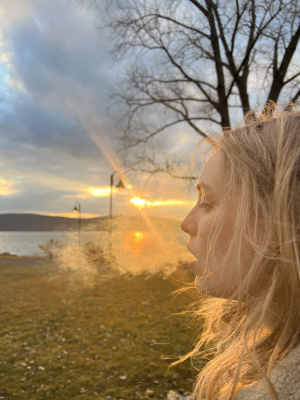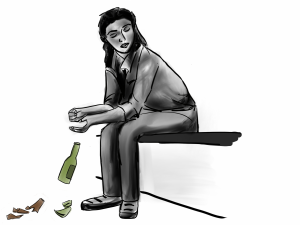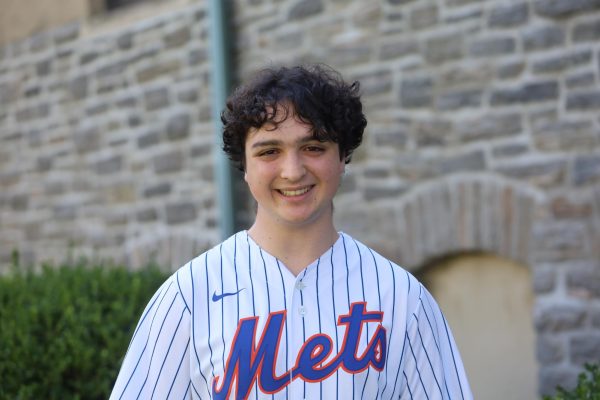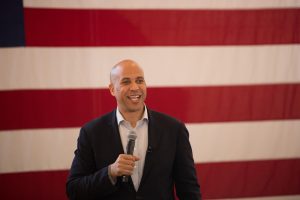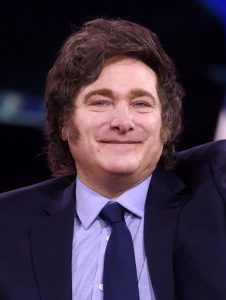Anti-overdose spray Narcan’s availability grows
The FDA’s recent move aims to expand access to the life-saving medicine
VCU Capital News Service / Attribution-NonCommercial (CC BY-NC 2.0)
NARCAN IS A LIFESAVING nasal spray which can stop the negative effects of many drug overdoses. As the tragic epidemic of drug addiction and drug overdose deaths continues to devastate hundreds of thousands of victims and their loved ones, many are pushing for the further advancement of Narcan as a key resource to address the deadly problem.
May 28, 2023
Narcan, the nasal spray capable of reversing narcotic overdose, can now be sold over the counter in a long-anticipated move by the U.S. Food and Drug Association (FDA). This step is the first of many the US is taking in an attempt to transform their harsh legislative and policing action dubbed the ‘war on drugs’ — policy which has done little to prevent the 106,699 drug-involved overdose deaths reported in the U.S. in 2021 alone by the National Institute of Health (NIH).
Prior to being available over the counter, naloxone was a prescription drug. However, this drug could still be purchased without having a doctor prescribe naloxone to an individual. The United States Office of the Surgeon General (OSG) declared in 2018 that naloxone could be purchased by all individuals looking to prevent overdoses, in an effort to combat the growing opioid epidemic.
Right now, pharmacies are slowly working on rolling out Narcan distribution. While many don’t expect to distribute the drug until mid-July, people can still request Narcan at all pharmacies across the United States. Many states have policies in place to help cover the costs of the overdose-reversing drug, such as New York’s “Naloxone Co-payment Assistance Program (N-CAP).”
The largest public school district in the United States, New York City (NYC), is yet to implement naloxone into school buildings. However, it’s a problem that is currently being deliberated.
Assistant Commissioner for the Office of School Health Tracy Agerton described the programs NYC’s health department currently has in place. “The health department has a very robust community Naloxone administration program,” she said. “They train individuals and groups of people in Narcan administration.”
Agerton explained that these groups work with local communities that are most in need. “They have really focused on doing it in groups where, there is a very high risk of overdose. They’ve worked with a lot of substance abuse prevention centers, recovery centers, and treatment centers, and really just harm reduction,” she said.
Agerton added that while these programs often work in tandem with schools to train students and teachers, Narcan is not yet stocked. “Right now we don’t stock Naloxone in schools,” she said. “But, anybody who has been trained, and has been given a naloxone kit from those community trainings, can carry it in schools. We [also] have about 147 school buildings in NYC that have primary care clinics with school-based health centers in them. Many of them have naloxone because they’re clinics,” Agerton explained.
While NYC school health staff do not currently all carry naloxone, the city has begun preparations to change that. Testimony from the April 19th city council hearing said, “Overdoses are very rare among under 18 year olds in NYC currently but we recognize the need to train our school health staff to be prepared for any medical situation that may arise. We have begun preparations to stock naloxone and train nurse and health staff serving high school students in its administration.”
Masters has deployed naloxone throughout the school. School Nurse Tara Eng explained that Masters houses Narcan spray in most of the automated external defibrillator (AED) emergency boxes on campus, in addition to stocking it in the health center, and providing it to the administrators-on-duty.
“I have been here for six years, and when I came on is when we got Narcan,” Eng said. “I was checking our emergency procedures and realized that we did not have Narcan, so that was one of the things I was able to get for us.”
Eng said that this was a discussion between the health center, the maintenance team, and the head of school on how to implement Narcan around school, but that the decision was universally accepted.
“I think it is great that [Narcan] will now be available shortly over the counter, so it’s easily accessible,” Eng said. “What I am a little weary of is that the prices are a little higher than what people who might need it can afford.”
Narcan is expected to cost between 30 and 50 dollars. While that’s a steep drop from the prescription prices right now, it’s still more expensive than many people can afford, especially since over-the-counter medications are not typically covered by insurance companies.
Eng concluded that it’s important for everyone to understand how Narcan works. “You can’t do any harm by administering it to someone who’s not having an overdose. It’s important to relay that to reassure people that they can’t do any harm,” she said.
With Narcan now being readily available, people can take this time to learn more about its importance, and buy the life-saving medication to carry on their person. Agerton explained, “Opiate overdose is not necessarily in school aged children. Yet, I think it’s touched a lot of people’s lives.”
“These are preventive steps. Having [naloxone] in the communities where it’s needed the most, and getting it into the hands of people that can really make a difference, is really important,” Agerton concluded.



